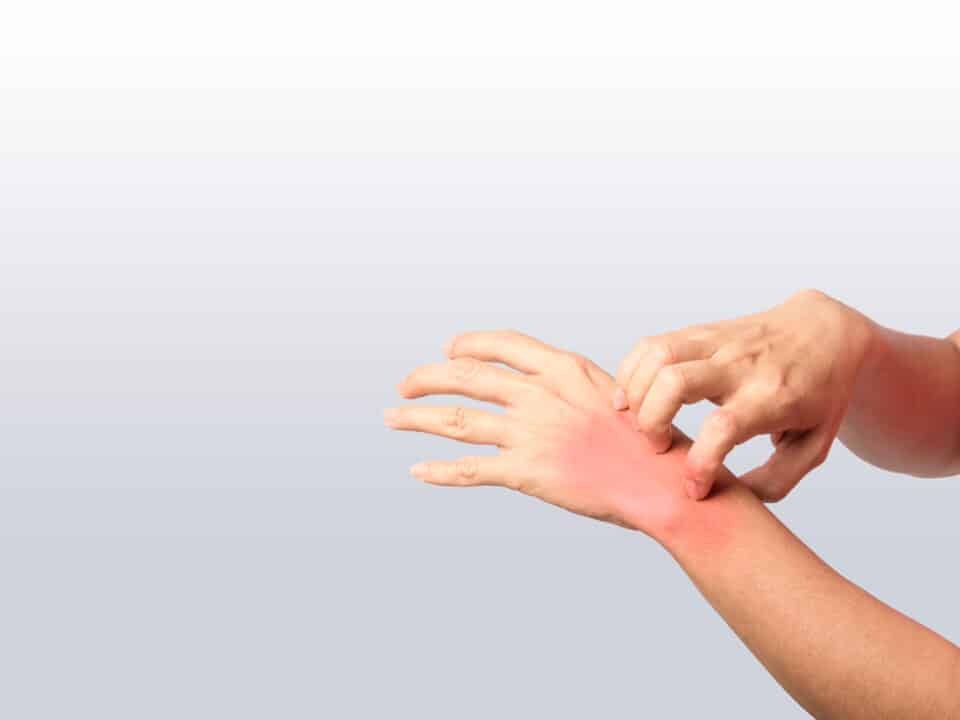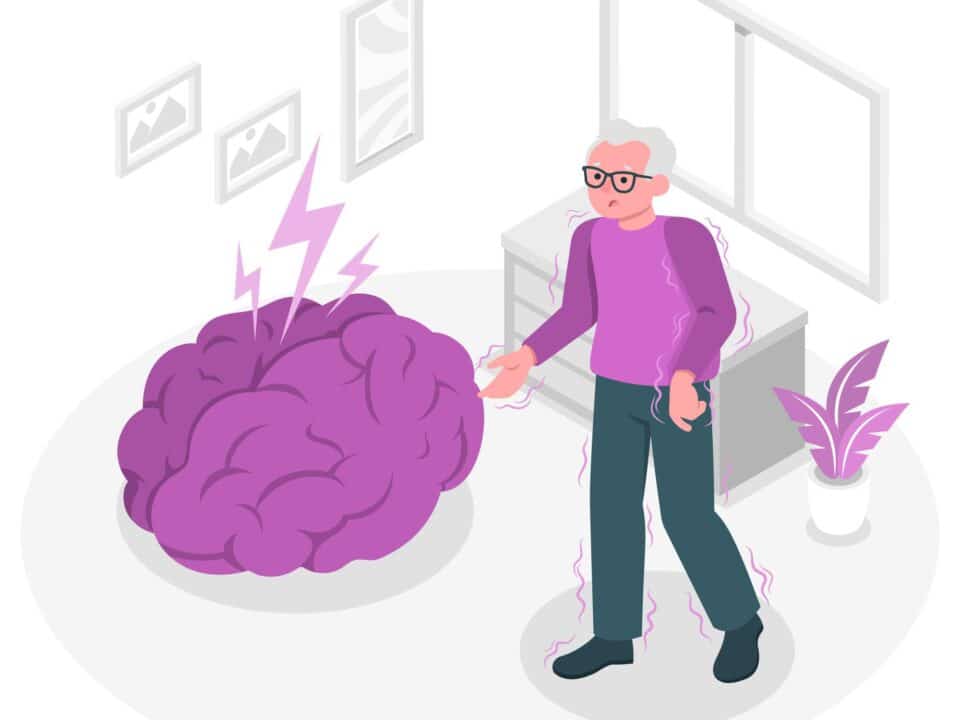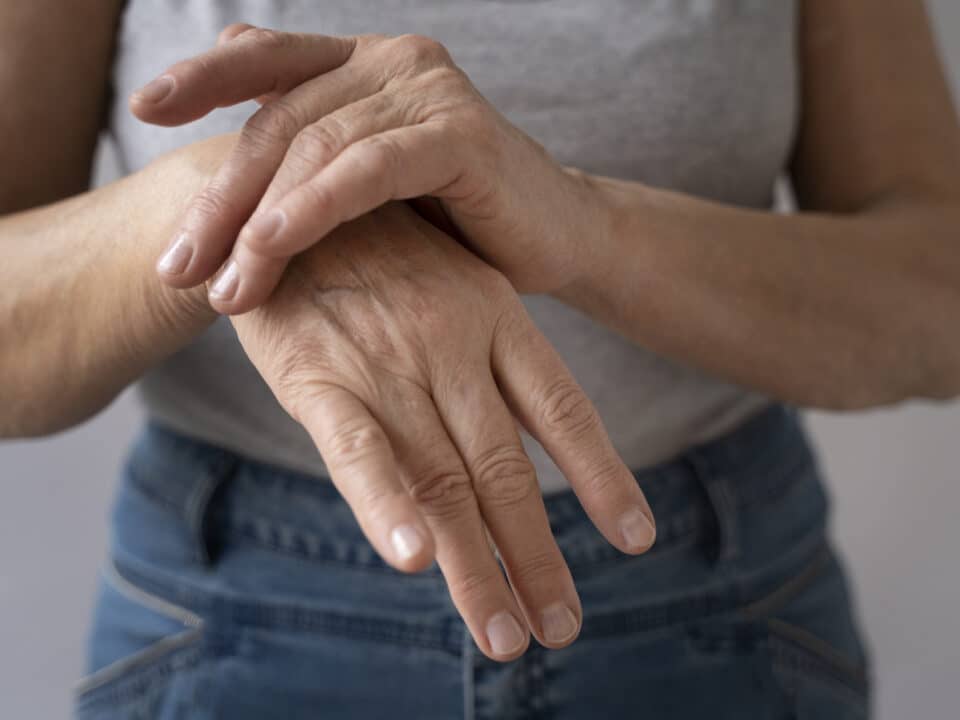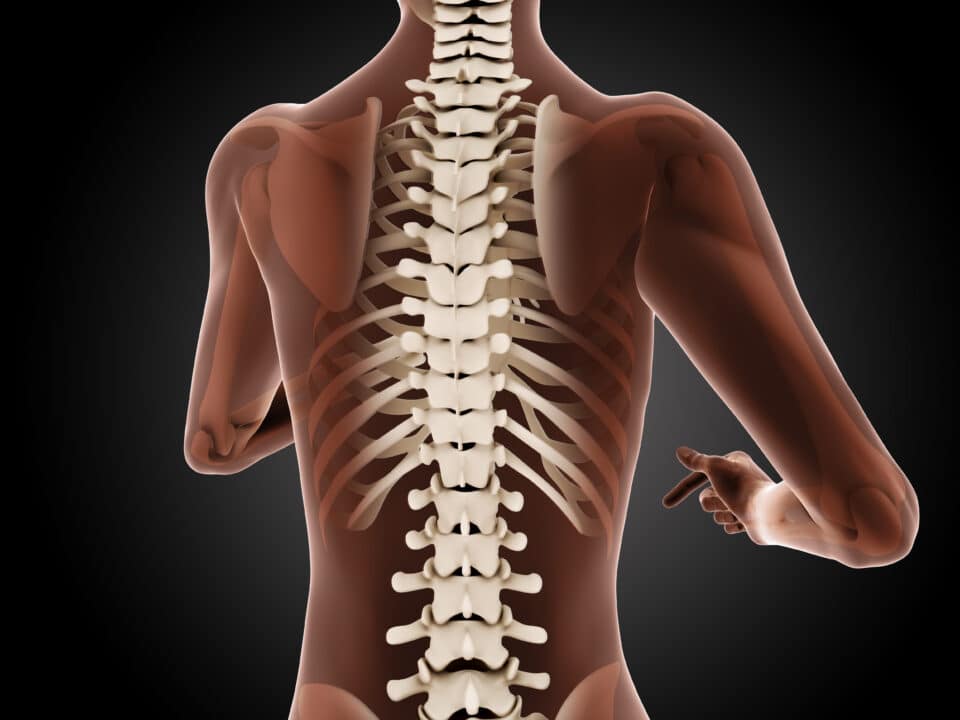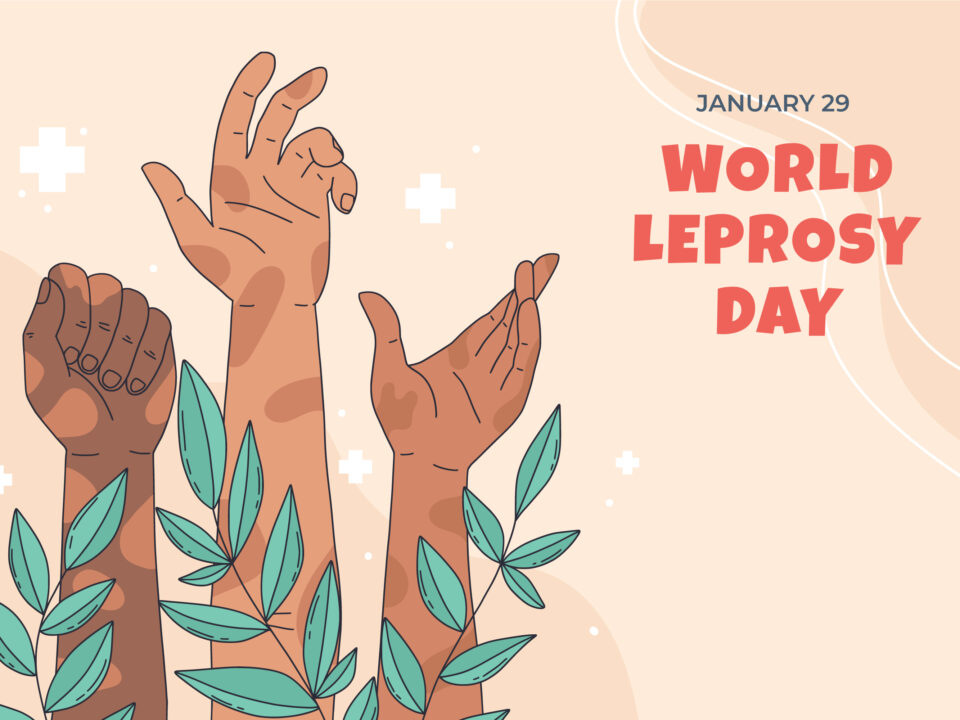- Immediate contact :
- +1-323-988-5889
- info@rehabgloves.com
May 21, 2022
Tingling hands is a very frequent and annoying symptom. Tingling might be harmless and transitory at times. This problem might be caused by nerve pressure caused by sleeping with your […]
May 21, 2022
Dupuytren’s contracture (also known as Dupuytren’s disease) is a thickening of the skin at the base of your fingers in the palm of your hand. This swollen region may harden […]
May 21, 2022
Researchers have shown that practicing repetitive hand and arm rehabilitation exercises, fine motor control exercises, and repetitive task-specific training activities are the three most significant approaches for stroke patients to […]
May 19, 2022
Peripheral neuropathy is a kind of nerve injury caused by a variety of illnesses. Autoimmune illnesses are one type of health issue that can cause peripheral neuropathy. Sjogren’s disease, lupus, […]
May 19, 2022
Hand dislocations occur when one of the eight carpal bones (bones at the base of the hand) slips out of the joint, resulting in a hand dislocation. The capitate (biggest […]
April 26, 2022
Spina bifida is a birth defect that occurs when the spine and spinal cord don’t form properly. It’s a type of neural tube defect. The neural tube is the structure […]
April 26, 2022
Somatoparaphrenia is a type of monothematic delusion where one denies ownership of a limb or an entire side of one’s body. Even if provided with undeniable proof that the limb […]
April 24, 2022
Juvenile rheumatoid arthritis (JIA) is the most common form of arthritis affecting children. It is a swelling of the joints that is characterized by heat and pain. Arthritis can be […]
April 24, 2022
Leprosy is an infectious disease that causes severe, disfiguring skin sores and nerve damage in the arms, legs, and skin areas around your body. Leprosy has been around since ancient […]
April 24, 2022
Trigger finger (also known as stenosing tenosynovitis), is a condition in which one of your fingers gets stuck in a bent position. Your finger may bend or straighten with a […]

